Report: Auto Industry Still Carrying 3.5m Units Of Overcapacity
Edmund’ Bill Visnic takes on the latest Harbour report, which finds North American auto plants running at an average of 58 percent capacity (even Europe, the global whipping boy for intractable auto overcapacity operates at an average 81 percent). Despite the recent downsizings across North America, the Harbour Report still estimates that 3.5m units of annual overcapacity remains in the US and Canadian auto manufacturing footprint, equivalent to 14 unneeded assembly plants. A rise in sales levels to the previous 15-16m mark could help the situation according to the report, but increased plant flexibility will be the factor that automakers can actually control. Even so, if 15-16m annual units don’t come soon, North America could be looking at more plant closures and job losses.
More by Edward Niedermeyer
Latest Car Reviews
Read moreLatest Product Reviews
Read moreRecent Comments
- Mgh57 I had to read the article because I had had no idea what the headline meant. I've never seen this in the Northeast. Don't understand the point. Doesn't seen efficient aerodynamically
- MaintenanceCosts Depends on the record of the company developing them. If it’s got a record of prioritizing safety over years of development, I’ll be fine with it, and I’ll expect it to be less risky than typical idiot human drivers. If it’s a “move fast and break sh!t” outfit like Tesla or Uber, no way.
- Kwik_Shift_Pro4X No thanks. You'll never convince me that anybody needs this.
- Kwik_Shift_Pro4X I'd rather do the driving.
- SCE to AUX EVs are a financial gamble for any mfr, but half-hearted commitment will guarantee losses.BTW, if there were actual, imminent government EV mandates, no mfr could make a statement about "listening to their customers".




















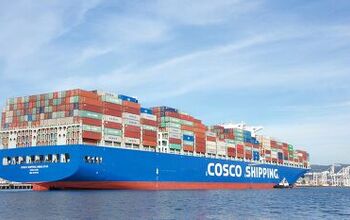
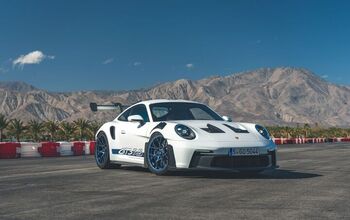
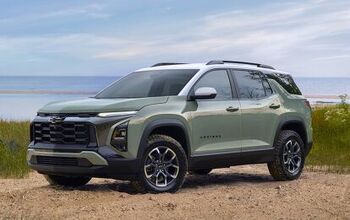
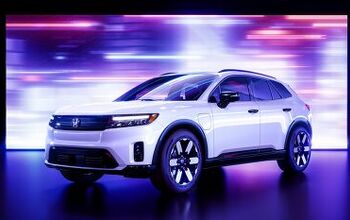
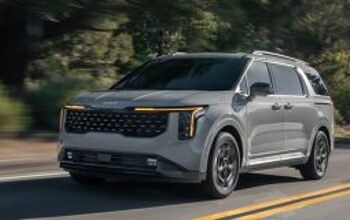
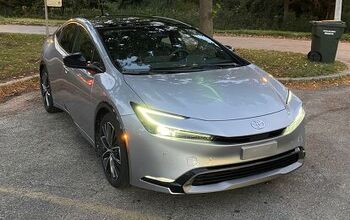



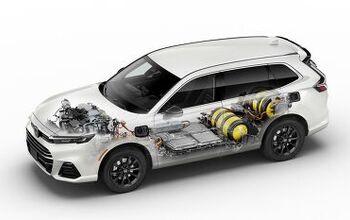




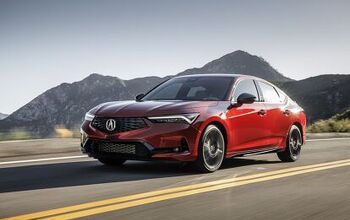
Comments
Join the conversation
It appears from the graphic that the 3.5 million number and the 58% refer to the northern states and Canada only. If one adds in southern US and Mexico, the overcapacity probably goes up (as even Toyota/Nissan/Honda have some overcapacity), while the percentage utilization is probably better and drags the average up. Also, one other thing to consider. The 15M capacity in North America isn't equivalent to sales in NA, since a percentage of vehicles are imported from abroad (almost all German, large portion Korean and some Japanese as well). That means that the 15M domestic capacity is probably enough to serve maybe 19-20M domestic sales. The high for the US was about 16.5M if memory serves, and Mexico / Canada are probably a million each, so even a recovery to the highs of 2007 won't get rid of undercapacity.
Nice article. The media doesn't care about a problem that has been around since Y2K.